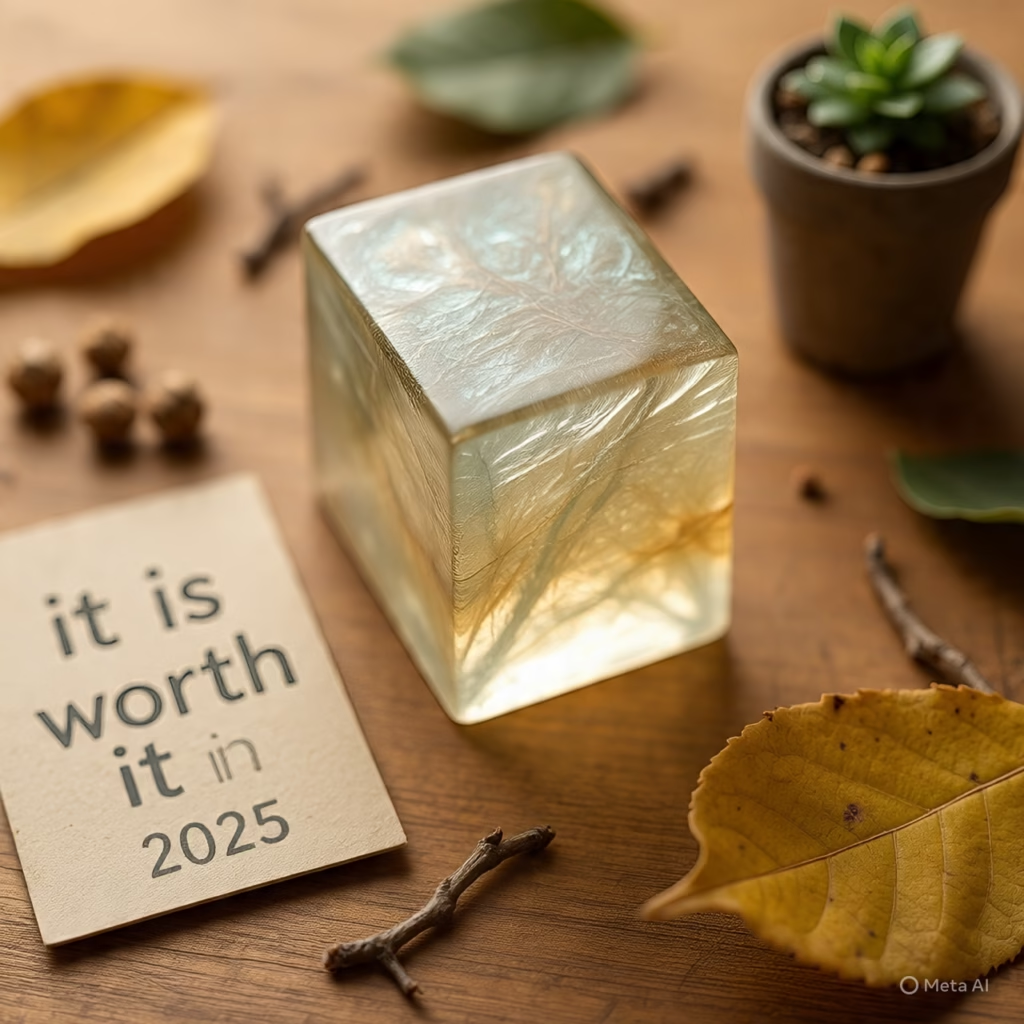
Title
Eco resin is it worth it in 2025 for artists and makers
Blog Post
In 2025 sustainability is more than a buzzword—it’s becoming a necessity. For resin artists choosing materials that reflect environmental values can feel powerful. But is eco resin truly worth it in 2025 from both creative and practical perspectives Let’s unpack the benefits the limitations and what real creators are saying
Environmental and Health Benefits worth
Eco resins—sometimes called bio resins or plant based resins—are made from renewable sources such as soybean linseed or vegetable oils. They typically offer a lower carbon footprint than petroleum based resins and may even be biodegradable or compostable under certain conditions
These formulations often contain fewer volatile organic compounds (VOCs) and harmful chemicals making them safer to work with—especially in shared or indoor spaces
Performance and Practical Considerations
While the eco friendly aspects are appealing, there are trade offs. Some eco resins cure more slowly or have lower thermal stability compared to traditional epoxy resins
Cost is also a factor—bio based resins
often carry a premium due to limited availability or production complexity
That said many premium eco resins now match traditional resins in durability and clarity. As technology advances they are versatile enough for diverse applications while maintaining sustainable credentials
What Artists and Makers Are Saying
Here’s what real users are saying—straight from the community:
“Eco and water washable resins tend to be noticeably more brittle than standard resins”
Some echo that they’re more “finicky” and prone to failure
On the bright side one user noted “Anycubic’s eco resin had basically no smell at all”
Others warn the eco claims can feel overblown:
“The ‘eco’ part is they use soybean extracts… you still shouldn’t handle it without PPE … it’s not safer for you. The ECO angle is more or less a marketing thing”
“Only about 50 percent is from soybean… it is brittle and it sucks … lower not zero VOC though”
These firsthand experiences suggest eco resins may offer modest improvements in odor and sustainability—but often at the expense of performance and with mixed cost‑benefit value.
Pros and Cons at a Glance
| Pros | Cons |
|---|---|
| Lower carbon footprint and some biodegradable options | Can be more expensive |
| Reduced VOCs and safer for indoor use | Some formulations may be brittle or performance inconsistent |
| Transparent finish and good adhesion in many cases | Marketing claims may be exaggerated or misleading |
When Eco Resin Makes Sense worth
Eco resin may be worth trying if:
- You prioritize sustainability in your creative process
- You work in shared or small indoor spaces and care about odor or air quality
- You’re making small crafts or decorative items where slight brittleness is not a deal breaker
- You’re willing to pay a bit more for a green alternative and transparency in materials
However if your work demands high strength, consistent curing times, or professional-grade output traditional resins may still outperform eco formulas—at least until the technology catches up.
Final Thoughts worth
In 2025 eco resin is an intriguing and increasingly viable option for artists who want to align their making with sustainability. The environmental and health benefits are real—even if limited. Ultimately the decision comes down to your priorities: creative control and performance, or environmental alignment and safer working conditions.
Want to explore real eco resin brands, worth
test batch results, or compare side by side Let me know—happy to help you create a mini resin kit comparison or a pros and cons visual guide!
you might to like read this blog
https://manyviral.com/can-trumps-big-beautiful-bill-pass-the-senate/
Leave a Reply